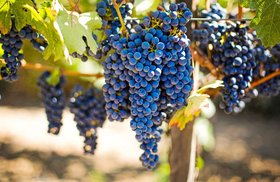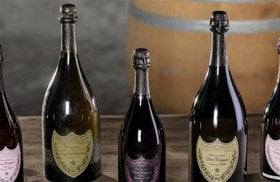Guide to Australian Wine: 10 Best Bottles, Styles, Regions (2025)
Australia is a leading wine producer with over 100 grape varieties grown across 65 diverse wine regions. Interestingly, this country is the world’s fifth-largest wine exporter!
The best part?
Australian wine comes in a variety of red, white, and sparkling styles. From classic to contemporary, and from refined to unfiltered — there sure is a little something for all wine lovers to enjoy from the Land Down Under!
Let’s explore 10 of the most exceptional Australian wines and how to invest in them. We’ll also check out a brief history of Australian wine, the famous grapes used, prominent wine regions and wine styles, and FAQs.
Further reading
- Here’s a detailed guide to the versatile Australian Shiraz Wine and 15 outstanding bottles to try.
- Find out How to Invest in Wine With Just $1,000.
Top 10 Australian Wines to Buy in 2024
Here are 10 exceptional Australian wines you can buy now:
- 2014 Henschke Hill of Grace Shiraz
- 2018 Bass Phillip Reserve Pinot Noir
- 2006 Hundred Acre 'Deep Time' Ancient Way Vineyard Summer's Block Shiraz
- 2015 Torbreck The Laird
- 2016 Penfolds Bin 707 Cabernet Sauvignon
- 2021 Powell & Son Brennecker Seppeltsfield Grenache
- 2015 Cloudburst Malbec
- 2008 Leeuwin Estate Art Series Chardonnay
- 2009 Tyrrell's Wines Vat 1 Semillon
- 2017 Irvine Grand Merlot
1. 2014 Henschke Hill of Grace Shiraz ($730)
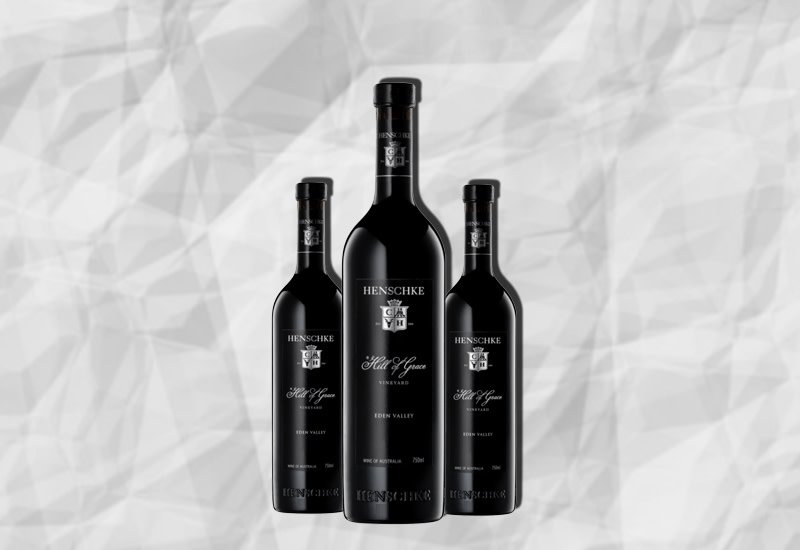
This fine wine from the Henschke Hill winery offers a velvety mouthfeel, firm tannins, and an addictive red fruit and olive nose. The Shiraz boasts a delectable black pepper, cherry palate, and balanced acidity.
2. 2018 Bass Phillip Reserve Pinot Noir ($631)

Here we have an elegant Pinot Noir with magnificent pomegranate and strawberry aromas in a beautiful palate of red cherry, chocolate, and mineral notes.
3. 2006 Hundred Acre 'Deep Time' Ancient Way Vineyard Summer's Block Shiraz ($654)
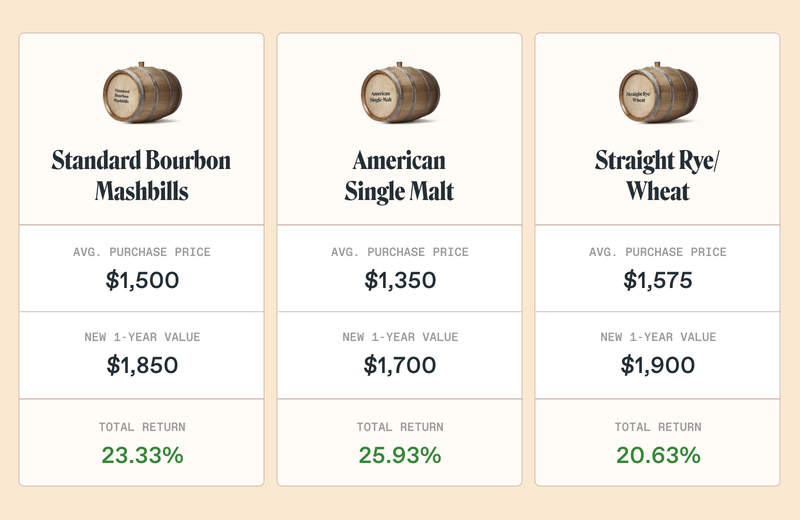
This full-bodied wine boasts a velvety texture, refined tannins, and a dark berry flavor with spice, smoke, and aniseed notes. On the nose, it offers cassis aromas with violet, smoke, and licorice hints.
4. 2015 Torbreck The Laird ($659)

Here’s a rich Aussie wine with the flavors of licorice, ripe blackberries, dark plums, black cherries, and cinnamon. On the nose, it boasts rich dark fruit aromas with dark chocolate and spice notes.
5. 2016 Penfolds Bin 707 Cabernet Sauvignon ($455)

This bold Cabernet Sauvignon from the Australian winemaker Penfolds presents an aromatic cassis and vanilla bouquet. The rich blackberry and blackcurrant flavors complement the wine’s intense tannins and mineral undertones.
6. 2021 Powell & Son Brennecker Seppeltsfield Grenache ($260)

Here’s an exquisite Grenache wine that offers heady oak and black pepper aromas offset by flavorful raspberry, mint, and dark chocolate notes.
7. 2015 Cloudburst Malbec ($255)
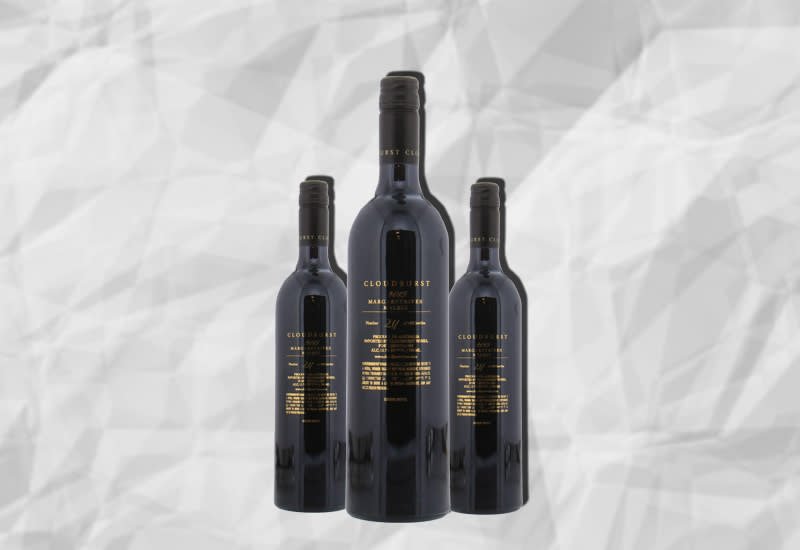
This is a spectacular West Australian wine with cherry, mulberry, and sage aromas balanced by dynamic red plum and cranberry flavors.
8. 2008 Leeuwin Estate Art Series Chardonnay ($124)

Here’s a great Aussie wine with tropical fruit and toasted hazelnut aromas in a vibrant grapefruit and apricot palate. This label from the Leeuwin Estate winery has crisp acidity, a creamy texture, and a smoky finish.
9. 2009 Tyrrell's Wines Vat 1 Semillon ($100)
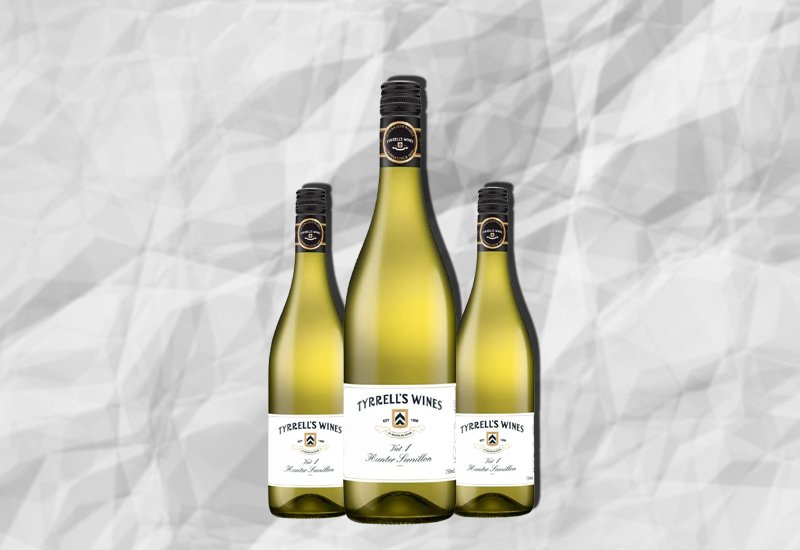
This Semillon wine reveals citrus fruit notes with intense honey, almond, and toast aromas. Bright acidity and low alcohol content complement its fresh and dry mouthfeel.
10. 2017 Irvine Grand Merlot ($89)
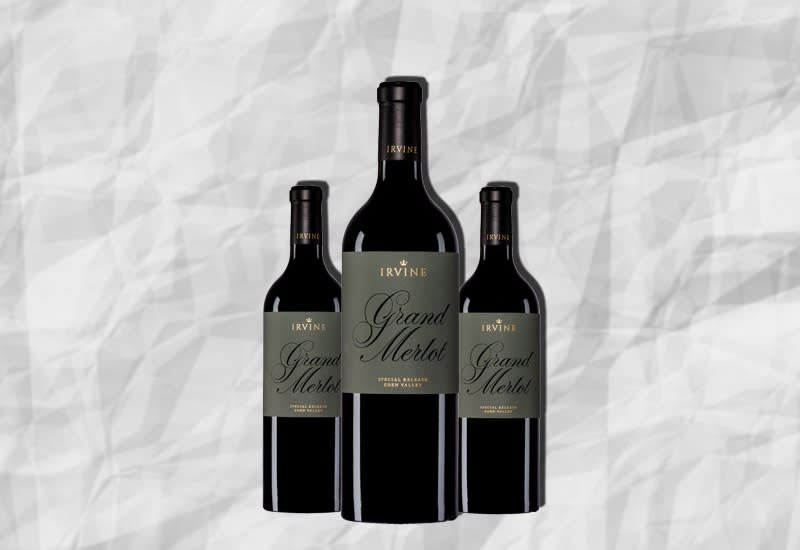
Here we have a rich, creamy Merlot from the leading Australian winemaker Irvine. Sweet plum aromas complement the black fruit palate of this crisp wine.
So, how do you invest in the best Australian wines?
Investing in Australian Wine
If you wish to build a portfolio of investment-worthy Australian wines, check out the Vinovest website. It is an intelligent wine investment platform that lets you buy, store, and sell authentic wines from around the world.
Some Australian wines, like the Shiraz from Penfolds Grange and Henschke Hill of Grace, have an aging potential of over 20 years. Some of the country’s oaked Chardonnay wines can be aged for over five years.
Their price appreciation in the secondary market also makes them a great investment choice. For instance:
- The price of the 2010 Bass Phillip Reserve Pinot Noir increased by 51% — from $768 in June 2021 to $1,162 in June 2022.
- The 2007 Hundred Acre 'Deep Time' Ancient Way Vineyard Summer's Block Shiraz’s price increased from $320 in July 2021 to $611 in March 2023 — an amazing 90% increment!
Australian wines have also been front runners at several wine auctions. For instance:
- A rare bottle of 1951 Penfolds Grange was sold for $122,001 at a Langton’s Auction in July 2021.
- A bottle of the Penfolds 1962 Bin 60A Coonawarra Cabernet Kalimna Shiraz was sold for $21,552 at a 2019 Barossa Wine Auction.
Let’s now explore the origins of Australian wine.
A Brief History of Australian Wine
Australian wine has a rich history that dates back to the late 18th century when European settlers first planted vineyards.
In the mid-19th century, pioneers like James Busby (the father of the Australian wine industry) and John Macarthur revolutionized the industry. They introduced diverse grape varieties (like Shiraz and Grenache) and implemented innovative winemaking techniques.
By the late 19th century, Australian wines had gained international recognition and won awards at exhibitions. Australia’s wine industry witnessed significant growth in the 20th century — aided by technological advancements and the emergence of renowned wine regions like the Barossa Valley and Margaret River.
In recent decades, Australian wines have captured global attention and are celebrated for their quality, diversity, and unique flavors.
Today, Australia is firmly established as one of the world's leading wine-producing countries, with a history that showcases the industry's resilience, innovation, and exceptional craftsmanship.
5 Famous Grape Varieties Used in Australian Wine
Here are the grapes that contribute to the diverse and captivating range of Australian wines:
- Shiraz: Shiraz, also known as Syrah, is one of Australia’s flagship grape varieties. It thrives in the country’s diverse regions and produces bold, robust red wines with a velvety texture.
- Cabernet Sauvignon: This renowned grape variety is famous in Australia’s Coonawarra and Margaret River regions. Australian Cabernet Sauvignon wines are characterized by a full-bodied structure, firm tannins, and balanced acidity.
- Chardonnay: This versatile white grape flourishes in various Australian regions, including Margaret River, Adelaide Hills, and Yarra Valley. Australian Chardonnay wines exhibit a wide range of styles, from crisp and refreshing to rich and creamy.
- Pinot Noir: Pinot Noir is grown in cooler Australian regions, such as the Mornington Peninsula and Tasmania. Australian Pinot Noir wines are elegant and expressive — showcasing red fruit flavors and earthy notes.
- Sauvignon Blanc: This grape variety thrives in cooler regions like the Adelaide Hills and Margaret River. It produces vibrant and aromatic white wines with lively acidity and zesty citrus flavors.
It’s now time to discover the country’s wine regions and extraordinary wine styles.
6 Leading Australian Wine Regions and Their Wine Styles
Australia’s 170,000-hectare vineyard plots are spread across six major wine regions with diverse climates and terroirs. Each region produces unique expressions of popular red, white, and sparkling wine styles.
Here’s a quick look at these wine regions:
1. South Australia
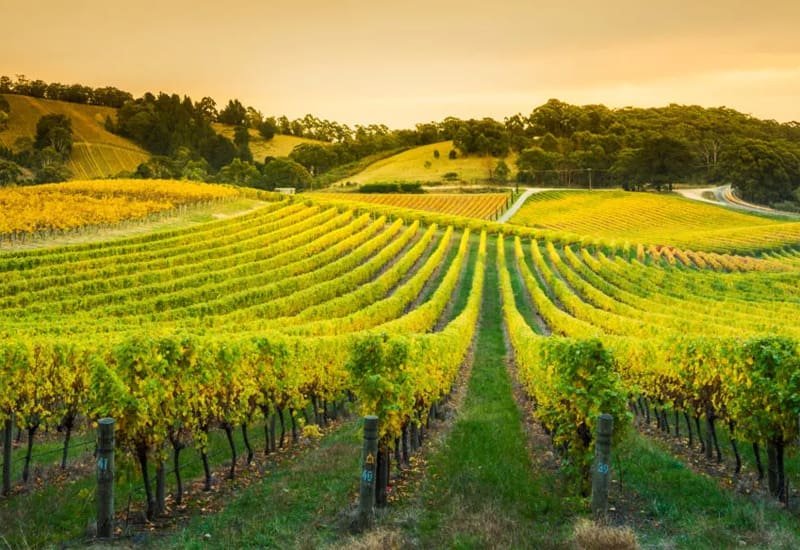
South Australia has some of Australia’s oldest vineyards and accounts for over half of the nation’s wine production. The region comprises several subregions with distinct soil types and climates. These include:
- Barossa Valley: The Barossa Valley vineyard plantations cover 11,609 hectares, with grape plantations in the valley and at higher altitudes.
This South Australian subregion has a variety of soil types ranging from clayey loam to sandy. The region enjoys long sunshine hours and low humidity — ideal for full-bodied red and white wines.
The major Barossa wine styles are Shiraz, Cabernet Sauvignon, Nero d’Avola, and Grenache.
- Adelaide Hills: The Adelaide Hills wine region is spread over about 4,000 hectares. The soil is primarily sandy loam, and the cool meso-climate of the hills is ideal for early-ripening grape varieties.
The region’s wine styles are Sauvignon Blanc, Pinot Noir, Chardonnay, and Shiraz. The warmer west-facing slopes in the north are suitable for Cabernet Sauvignon.
- McLaren Vale: The McLaren Vale region is located to the south of Adelaide and covers 7,438 hectares of land. It has a cooler, ocean-influenced climate with low summer rainfall and loamy, sandy soils.
Shiraz, Grenache, Cabernet Sauvignon, and Chardonnay are the main wine styles of McLaren Vale.
- Clare Valley: This 5,093-hectare wine region is characterized by warm to hot summers with cool afternoon winds conducive to the grapes’ slow ripening.
The major wine styles of Clare Valley are Riesling, Cabernet Sauvignon, and Shiraz.
Besides those mentioned above, here are the other South Australian subregions:
- Eden Valley
- Coonawarra
- Riverland
- Langhorne Creek
- Kangaroo Island
- Mount Benson
- Robe
- Wrattonbully
2. Victoria

Victoria is located in southeast Australia and is the third-largest wine-producing region of the country.
Some prominent sub-regions of Victoria are:
- Alpine Valleys
- Heathcote
- Rutherglen
- Pyrenees
- Yarra Valley
- Swan Hill
- Murray Darling
The region’s north and west enjoy a warm climate with long, dry autumns ideal for sweet wine production. For instance, Rutherglen is famous for its fortified Madeira wines.
Other Victorian wine regions have cooler temperatures (like Yarra Valley), best known for elegant Pinot Noir and Chardonnay wines.
The region also produces other diverse wine styles:
- White wine: Refined and complex Sauvignon Blanc, Viognier, and Pinot Gris are Victoria’s major white styles.
- Red wine: The region is best known for its fortified wine bottles and full-bodied, oaky Cabernet Sauvignon, Shiraz, Sangiovese, and Merlot labels.
3. New South Wales

New South Wales is the second-largest wine-producing region of Australia.
Its leading sub-regions are:
- Hunter Valley
- Canberra District
- Tumbarumba
- Riverina
- Mudgee
The region is renowned for a diverse range of wine styles:
- White wine: The white wine styles include dry and sweet Semillon, Chardonnay, and light-bodied Sauvignon Blanc and Riesling.
- Red wine: Fresh Pinot Noir, fruity, medium-bodied Cabernet Sauvignon, and oak-aged Shiraz are some of the luscious red wines produced in New South Wales.
4. Western Australia
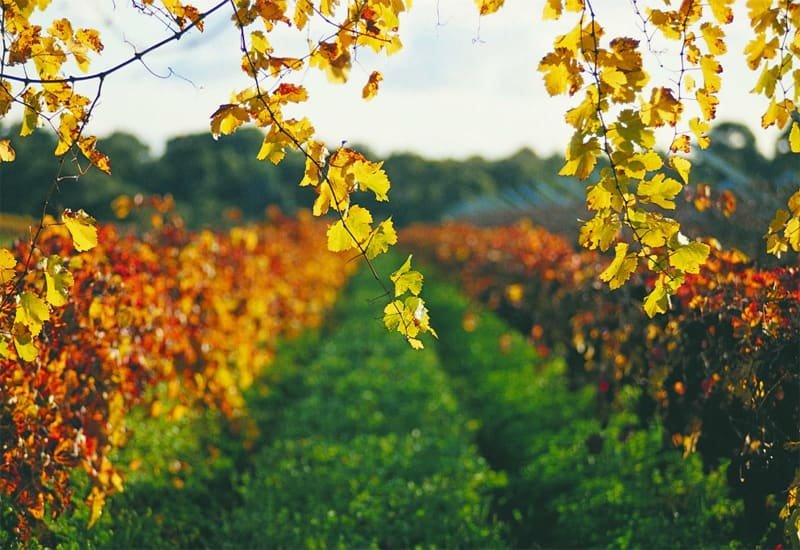
Western Australia produces only 5% of the country’s wine, but its labels rank among the best Australian wines. The region has a rich heritage of winemaking dating back to the 1840s, with wine production mostly confined to the south and southwest.
The three leading sub-regions of the area are Margaret River, Great Southern, and Swan Valley.
The wine regions of Western Australia enjoy warm, dry summers and cool, wet winters. The soil types vary from the sandier soil on the coast to the mineral-rich inland soil.
Western Australian wines are similar to the classic Bordeaux-style wines. They are balanced and more elegant compared to the fruit-forward wines of the eastern region. The different wine styles are:
- White wine: Western Australia’s flagship wine is the Sauvignon Blanc and Semillon blend. Refreshing Chardonnay and Riesling are also popular white wine styles here.
- Red wine: Cabernet Sauvignon varietals and blends are the dominant red wines of the region. Other dominant red wine styles are Merlot, Shiraz, and Pinot Noir.
5. Tasmania

The island of Tasmania, in southern Australia, enjoys a cooler climate, high humidity, and spring frosts comparable to France’s Champagne region. The 2,084-hectare vine plantations of both regions have varied soil types — alluvial, loamy, and clay.
Tasmania produces wine styles similar to New Zealand wines due to its maritime climate. These wine styles are:
- White wine: Tasmania’s elegant Chardonnay, complex Sauvignon Blanc, Riesling, and Pinot Gris are among the best wines made in the country.
- Red wine: The Tasmanian reds include full-bodied Cabernet Sauvignon, Merlot, Pinot Noir, and Cabernet Franc.
6. Queensland

The Queensland wine region has two subdomains — Granite Belt and South Burnett.
The Great Dividing Range between the two areas creates different meso-climates suitable for growing vine plantations.
Queensland was known for producing fortified wine but has now begun making other wine styles like:
- White wine: The region is known for Australia’s signature whites, Chardonnay and Semillon.
- Red wine: Shiraz, Grenache, Cabernet Sauvignon, Durif, Nero d’Avola, and Chambourcin are Queensland’s dominant red wines.
- Sparkling wine: Sparkling Shiraz is a top bubbly wine produced in Queensland.
Have more questions on Australian wines?
We’ve got you covered!
3 FAQs on Australian Wine
- What Are the Best Food Pairings With Australian Wine?
- Why Is Syrah Called Shiraz in Australia?
- How Many Wine Producers Does Australia Have?
1. What Are the Best Food Pairings With Australian Wine?
The best foods to pair with the distinctive Australian wine styles are:
- Red wine: Australian red wines like Cabernet Sauvignon work well with beef, lamb, veal, sausage, burger, and roast chicken.
- White wine: Salads, pork, seafood, shellfish, foie gras, grilled chicken, and Asian cuisine are great companions to Australia’s white wines.
- Sparkling wine: The sparkling wines from Australia are brilliant when paired with oysters, caviar, grilled fish, sweet bread, cheeses, and desserts.
2. Why Is Syrah Called Shiraz in Australia?
Syrah is called Shiraz in Australia to indicate a slightly different wine style. Syrah indicates a cool-climate, more subtle wine style, while Shiraz indicates a bolder, warm-climate style.
The term “Shiraz” became popular in the 19th century, and it referred to the full-bodied wines produced around the city of Shiraz in the south of Iran.
3. How Many Wine Producers Does Australia Have?
Australia has over 2,000 wine producers. The country’s wine industry is characterized by a vast and diverse range of wineries — from large-scale operations to boutique and family-owned vineyards.
Australian Wine: Savor the Liquid Wonders from Down Under!
With a diverse range of wine styles, Australia has something for every discerning wine enthusiast. Stock a bottle or two of these delightful Australian wines to surprise guests at your next dinner party.
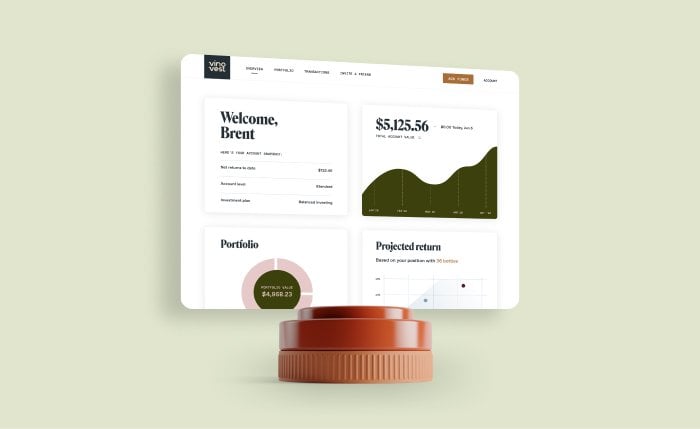
If you want to buy some investment-worthy Australian wines, Vinovest can help. The platform allows you to find the rarest gems from all over Australia — from the Hunter Valley to the Eden Valley, the Great Southern, Murray Darling, and the Tamar Valley.
You can also invest in wines from anywhere else in the world, including France to New Zealand, Spain, and South Africa.

